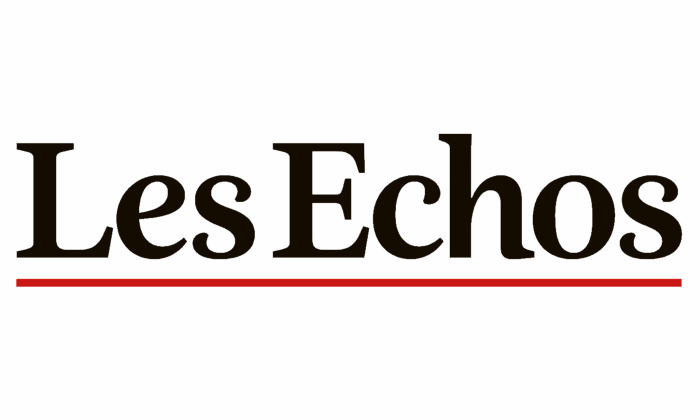
Since the global financial crisis, non-bank financial institutions (NBFIs)—including pension funds, insurance companies, hedge funds, and private debt funds—have seen their influence grow substantially. Today, they account for about 50% of global financing and around 30% of corporate financing. This increase reflects a structural rebalancing of the financial system. Following the implementation of Basel III, banks now face stricter prudential requirements, limiting their ability to meet all funding needs. As a result, less regulated NBFIs (notably funds) have stepped in, particularly in riskier or longer-term segments. While their rise is economically rational, this development introduces new risks, and the overall stability of the financial system now also depends on the resilience of these institutions.
Risk-Taking and Vulnerabilities
In a prolonged low interest rate environment, NBFIs have sought higher returns, often by:
• Taking on lower-quality credit exposures
• Extending maturities
• Utilizing leverage through derivatives and repo transactions
• Facing liquidity mismatches between illiquid assets and short-term liabilities
The market turmoil of March 2020 exposed the vulnerability of certain NBFI structures: those facing massive withdrawals were forced into rapid asset sales, threatening to trigger downward spirals and significant losses. In response, central banks increased their use of quantitative easing and, in some cases, acted as “market makers of last resort” to prevent systemic liquidity crises and possible contagion throughout the financial system.
Regulatory Responses and Remaining Gaps
To address these weaknesses, several measures have been introduced:
• Open-ended funds now have liquidity management tools (gates, swing pricing)
• Margin requirements and collateral standards for derivatives have been strengthened
• Exposure, funding, and liquidity risk reporting has improved
However, these advances are partial. The regulatory framework for NBFIs remains fragmented and uneven across jurisdictions, and supervision is often inconsistent internationally.
Pathways for Improvement
Further improvements should focus on:
• Better leverage oversight
• Minimum haircuts for securities financing transactions
• Enhanced transparency around liquidity mismatches
• Stronger cross-border cooperation to prevent regulatory arbitrage
The goal is not to subject NBFIs to bank-like regulation, but to establish a consistent, risk-proportionate, and business-model-differentiated framework. Monitoring the interconnections—both among NBFIs and between NBFIs and banks—is crucial.
Access to Central Bank Liquidity
There is also a case for discussing conditional access to central bank liquidity facilities for NBFIs. Such a safety net could be useful in times of severe stress—provided it is accompanied by strict regulatory conditions around transparency, liquidity ratios, leverage limits, and high-quality collateral, as well as robust supervision. This would mean supporting the most prudent actors without encouraging excessive risk-taking.
Conclusion
The resilience of today’s financial system depends as much on the strength of the non-bank sector as on that of banks. Smart regulation should aim to prevent abuses without stifling financial innovation.
